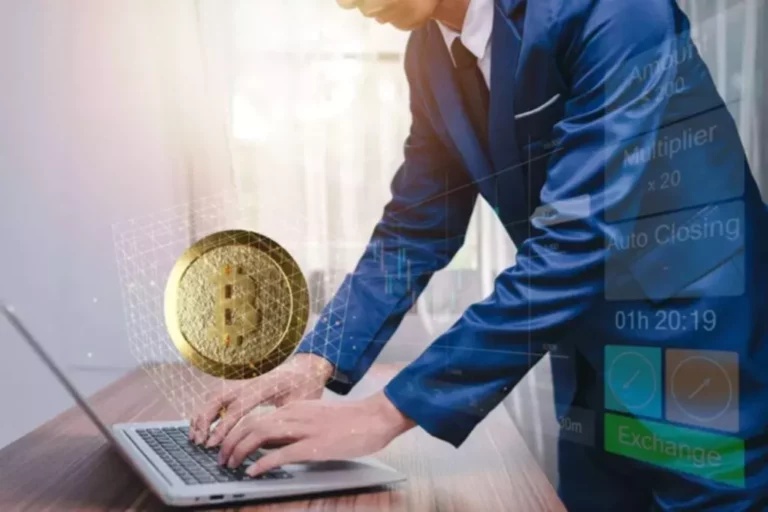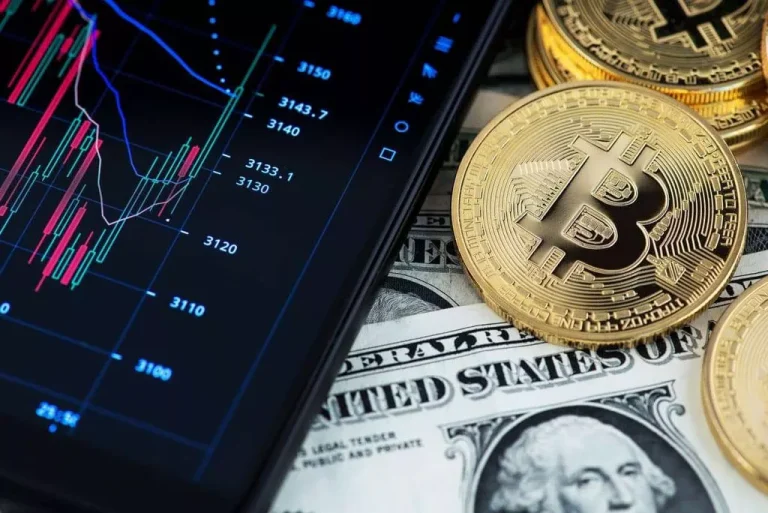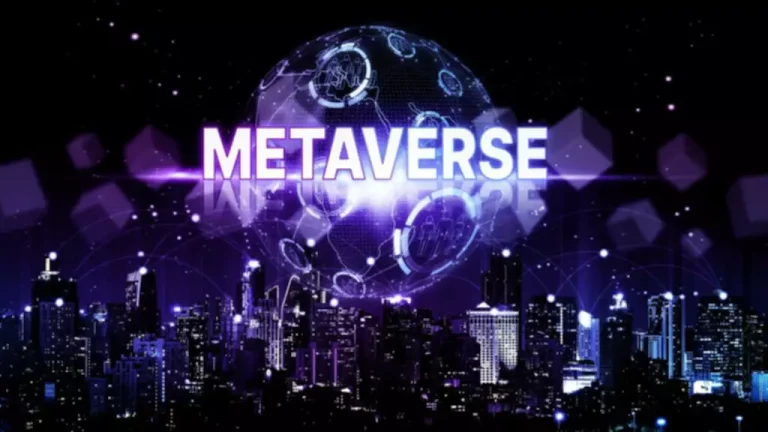This course of lowers entry barriers real world assets crypto and democratizes high-value investments, benefiting both new and skilled buyers. Real-world assets (RWAs) in crypto are physical or monetary belongings represented on the blockchain. Major exchanges like Binance and Kraken facilitate this integration, making it simpler for buyers to entry and commerce these belongings. Real-world assets can be tokenized for various use circumstances such as actual estate funding, art ownership, commodity buying and selling, and even tokenizing company shares. These tokens can characterize possession in physical assets, providing fractional possession opportunities and enabling simpler transferability and liquidity.
Rwa Challenges And The Trail Ahead
Once tokenized, corporations can then borrow crypto loans towards the RWAs and unlock new opportunities inside the DeFi area with this newfound liquidity. Overall, this considerably diversifies borrowing and lending opportunities inside the Aave ecosystem and creates a win-win scenario for debtors and lenders. As the RWA space matures, many expect Aave and different DeFi lending protocols to play an necessary role in offering entry to a wider vary of RWA-based financial products. This integration might additionally profit Aave by attracting new users to the platform and growing liquidity throughout the Aave ecosystem. TokenFi (TOKEN) is a platform created by the FLOKI staff that tokenizes real-world assets similar to actual property, private fairness, and fantastic artwork.

How Does Tokenization Of Real-world Property Work?
By linking tangible property with their digital equivalents, RWAs facilitate a flawless melding of the true and digital realms. The reason for Realio’s explosive gain is that it performs in one of the hottest new sectors in crypto of RWA initiatives. RWA stands for “Real World Assets” and refers to cryptocurrencies which are backed by real-world assets corresponding to commodities, actual estate, or other tangible belongings.
The Function Of Rwas In Decentralized Finance (defi)
However, non-native tokens do rely on the efficiency and limitations of their host blockchains. That said, many tokenized property are also minted on the aforementioned blockchains. For instance, USDT (Tether) on Ethereum is a non-native token used for varied transactions, including those involving tokenized RWAs. These tokens, often called RWA tokens, are launched on platforms like InvestaX or IX Swap, giving proof of possession and enabling commerce. As a end result, RWA has really opened the doors for everybody, not simply the rich buyers, to partake within the movement. Imagine if a small investor might personal a piece of a constructing with out shopping for the complete property.

Getting a grip on these examples can help us see how totally different platforms efficiently integrate RWAs into DeFi, enhancing the soundness, transparency, and accessibility of financial companies. More importantly, these insights provide higher readability on what RWA is in crypto. However, you can even come throughout a number of hurdles when using smart contracts, including potential code vulnerabilities and ranging legal recognition across jurisdictions. Ensuring robust auditing and compliance with authorized standards turns into crucial for successfully implementing RWA tokenization projects. Now that we have explored the forms of tokens used in the RWA ecosystem, let’s understand the role of good contracts in managing these property successfully.
Plus, getting the courts to simply accept NFTs as proof of ownership is one other main hurdle. Despite that, these challenges must be addressed to effectively combine traditional assets into the blockchain ecosystem. The largest advantage of native tokens is that they offer tailor-made functionalities particular to the wants of the tokenized asset. However, creating and maintaining a native blockchain includes greater costs and impartial safety measures, making it a more resource-intensive possibility. Meanwhile, native tokens are constructed on their very own blockchain, providing more management and customization.

In a sense, this broadens the enchantment of crypto to a wider viewers because the tokenized structure allows for fractional possession, making participation in BUIDL more accessible compared to its TradFi counterpart. By tokenizing RWAs, we can leverage the strengths of each TradFi and DeFi by bringing the familiarity and security of traditional assets into the innovative and accessible world of DeFi. In the next sections, we’ll discover how RWA tokenization in the crypto space bridges the gap between these two financial systems, making a more inclusive and efficient future for finance. From accumulating a bit of vintage artwork to changing into the proud proprietor of American actual property, possession of such belongings has now been unlocked for a wider viewers because of the advent of RWAs. From understanding the true potential of RWAs to exploring well-liked examples of RWAs, here’s every little thing you should find out about real world belongings and the challenges they could face within the ever-changing crypto markets. Propchain (PROP) is a platform that tokenizes actual property properties, permitting buyers to purchase fractional ownership of rental properties.
Through tokenization, RWAs enable property like actual property, commodities, and equities to be represented on-chain, opening these markets to more clear, accessible, and environment friendly digital ecosystems. The rise of decentralized finance (DeFi) has further emphasised the need for safe, reliable RWA information feeds to power numerous purposes across finance, investment, and beyond. The tokenization of real-world property increases liquidity, offers fractional ownership, and enhances transparency and security. The concept of what is RWA in crypto is evident via the support from platforms like Bybit, which facilitates broader entry to those assets.
These property are tokenized on the blockchain, that means that a digital illustration or token is created to symbolize the ownership or value of these traditional property. If this inclusivity is brought into broader financial providers, new alternatives will continue to come up, even leveling as much as higher-value assets. Along with the help of blockchain know-how, transparency and security in RWA transactions will increase the appeal and trustworthiness of these investments.
Tokenization of real-world assets can also facilitate crowdfunding, asset securitization, and the creation of decentralized financial merchandise. Real-world property may be tokenized by representing their possession rights as digital tokens on a blockchain. This course of entails creating a digital type of the underlying asset that can be divided into smaller models and traded on a blockchain community. With smart contracts and tokenization protocols, real-world property can be securely recorded and transferred on the blockchain. This velocity and effectivity helps smaller investors with fewer funds be in a position to take part in investments that in any other case would be out of reach for them.
As the tokenization of real-world belongings becomes more refined, understanding the variations between non-native tokens and native tokens is equally crucial for navigating this evolving landscape. The core concept of real-world asset tokenization is mainly to create a digital funding vehicle on the blockchain linked to tangible things like actual estate, precious metals, artwork and collectibles. So as a substitute of the deed to a house being a physical piece of paper, the ownership is put on-chain.
As expected, there are some trade-offs when selecting between non-native and native tokens. Perspective-wise, non-native tokens offer the convenience of current infrastructure, while native tokens provide full ecosystem control. Creating a strong authorized construction is important for the profitable tokenization of RWAs, as this course of entails establishing the legal rights for the digitized property and deciding how to tokenize them.

High-value assets, once accessible solely to a few, can now be owned and traded by a broader vary of investors. By tokenizing belongings like actual property or commodities, DeFi platforms create new investment opportunities and make traditionally unique markets more accessible. In the rapidly evolving world of cryptocurrency, Moonbix is making waves as the primary Tap-to-Earn platform powered by Binance. This innovative model allows customers to earn cryptocurrency simply by tapping on their cellular gadgets, revolutionizing the greatest way individuals work together with digital assets. Moonbix combines simplicity and profitability, offering an easy-to-use app that rewards users for finishing daily duties and actions with actual crypto payouts.
This might be traded between two events immediately, or fractionalized and supplied to many individuals to buy. Let’s explore what RWA in crypto is and what tokenization of real world belongings provides, shining a highlight on RWA crypto projects. We’re additionally going to give you a complete multi-crypto wallet resolution Guarda Wallet, that helps customers interact with RWA tokens and RWA cash, ship, receive, purchase, and trade RWA.
- In a market downturn, sellers may wait months for a buyer to make an offer (for occasion, the phygital assortment RTFKT x Nike).
- Real-world property in crypto initiatives are the tokenized bodily or financial belongings that bridge conventional finance and blockchain technology[1].
- Rather than being a crypto-native idea, it suggests use cases for these digital platforms in the monetary system of right now.
- It also requires complying with authorized rules and taxes, valuing regular assets, in addition to dealing with corporate actions like dividends and voting rights.
Read more about https://www.xcritical.in/ here.
